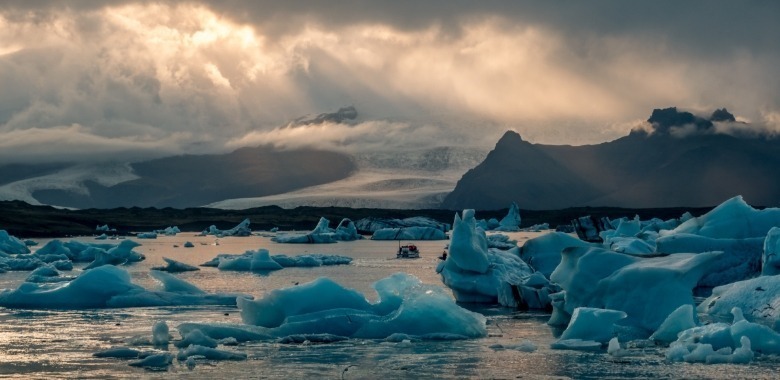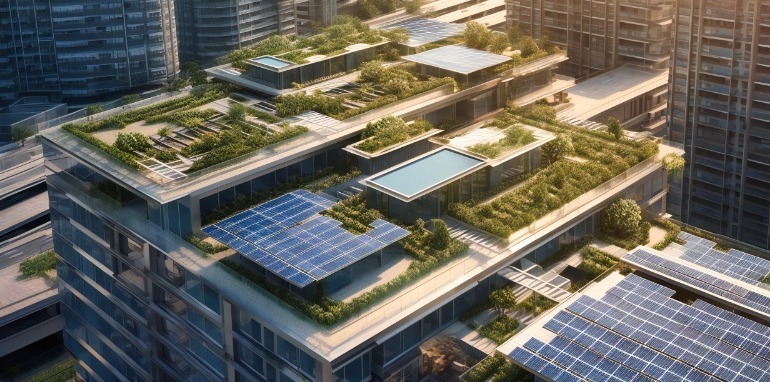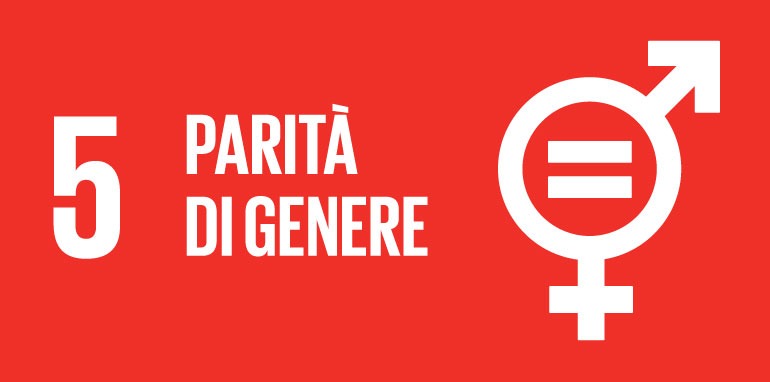The reform of D. L. 131/2023 redefines the mechanism of facilities granted to energy-intensive enterprises, which takes effect on January 1, 2024.
There are many new features in this regard, for example: the Cassa per i Servizi Energetici e Ambientali (CSEA) arranges the electrivori portal (effectively creating a new definition for energy-intensive enterprises); enterprises included in the CSEA’s 2013 and 2014 lists are excluded from the new relief mechanism; and as of 2024, the relief brackets disappear in favor of a more precise definition.
Enterprises that record large electricity consumption can take advantage of this opportunity to recover significant amounts of money and optimally manage their available resources.
Let’s get to know together how to access the facility, the requirements and the obligations of enterprises.
From energy users to electrivors with reform taking effect Jan. 1, 2024
Decree-Law no.
131 of September 29, 2023 has been updated and coordinated with conversion law no.
169 of Nov. 27, 2023; a reform that takes effect on Jan. 1, 2024, which came about in order to adapt national legislation to the provisions contained in European Commission Communication 2022/C 80/01 of Feb. 18, 2022.
Enterprises that demonstrate that they have incurred electricity consumption of more than 1 GWh in the year preceding the submission of the application are eligible for state-recognized facilities if they meet at least one of the following requirements:
- operate in one of the sectors defined as high risk of relocation in Annex 1 of European Commission Communication 2022/C 80/01;
- operate in one of the sectors at risk of relocation listed in Annex 1 of European Commission Communication 2022/C 80/01;
- do not operate in the sectors considered high-risk or at risk of relocation, but in the years 2022 and 2023 have benefited from the facilities recognized by the Decree of the Ministry of Economic Development December 21, 2017, on “Provisions on reductions in tariffs to cover general system charges for energy-hungry companies” – companies included in the energy-hungry lists prepared by CSEA;
- are considered eligible according to paragraph 406 of European Commission Notice 2022/C 80/01.
Companies that, although they meet the above requirements, are in a state of difficulty are excluded.
In addition, companies that under the previous arrangement (Ministerial Decree of Dec. 21, 2017) were covered because they were included in the CSEA’s 2013 and 2014 lists are no longer considered energy-intensive enterprises.
The new facilitation mechanism for energy-intensive enterprises is more accessible, as it does not include requirements on the impact of energy costs on the enterprise’s GVA (Gross Value Added).
Annex 1 of the European Commission Communication identifies high-risk and relocation-prone sectors along with the corresponding NACE code.
The latter represents the abbreviation for “statistical classification of economic activities in the European Communities,” as a system for classifying and defining economic-industrial activities in the EU states.
Energy-intensive enterprises/electricians: facilities 2024
The level of contribution varies according to the type of enterprise, and a significant reduction is recognized for those who resort to the use of energy sources that do not emit carbon. Specifically:
- For enterprises at high risk of relocation, the contribution is 15 percent of the system overhead component or 0.5 percent of the enterprise’s GVA;
- For firms at risk of relocation, the contribution is 25% of the general system charges component or 1% of GVA.
Entities that cover at least 50% of their energy consumption through non-carbon emitting energy sources, with at least 10% secured through a supply contract or at least 5% secured by energy produced on site or in its vicinity, the contribution is reduced and is 15% of the system charges component or 0.5% of GVA; - For enterprises already on the energy-intensive lists, the contribution to be paid varies over the years:
- from 2024 to 2026, the contribution is 35% of the general system charges component or 1.5% of GVA;
- in 2027, the contribution is 55 percent of the system charge component or 2.5 percent of GVA;
- in 2028, the contribution is 80% of the system charges component or 3.5 of the GVA.
Again, a reduction is given to those who use non-carbon emitting energy sources to cover at least 50% of their energy needs, with at least 10% secured through a supply contract or at least 5% secured by energy produced on site or in its vicinity.
In this case, the reduction provided for the years included from 2024 to 2028 is 35 percent or 1.5 percent of GVA.
Green conditionality: the obligations of enterprises
First among them is the performance of energy diagnosis, to which is added the implementation of one of the following measures:
- implement the recommendations set forth in the energy audit report, if the payback time of the investments required for this purpose does not exceed three years and the cost thereof does not exceed the amount of the facility received;
- Reduce the carbon footprint of electricity consumption to cover at least 30 percent of its needs from sources that do not emit carbon;
- invest a share of at least 50 percent of the facility amount in projects that result in substantial reductions in greenhouse gas emissions in order to determine a level of reductions below the benchmark used for free allocation in the European Union Emissions Trading Scheme.
What to do to access the facility: the electrivori portal
The Portal will be opened for the supplementary session according to the modalities and timing to be defined by ARERA, probably from February 2024.
Who monitors and what defaulting companies risk
In addition, working with GSE (Gestore dei Servizi Energetici) and ISPRA (Istituto superiore per la protezione e la ricerca ambientale), it verifies the adoption of measures related to the energy diagnosis mentioned above.
ARERA, CSEA, MASE: the duties of the agencies.
In addition, it is up to the Agency to define the modalities by which the CSEA verifies the possession of the requirements related to the operating sector of the enterprises – thus the ATECO code – and to constitute the list of energy-intensive enterprises, taking care of its updating over the years.
ARERA also defines the procedures for calculating the GVA and the consumption achieved by the enterprise, the procedures for recognizing the facilities and the procedures for covering the control activities carried out by the entities from the Asos component.
In addition, it is the responsibility of the MASE to establish the terms and procedures for the submission by interested companies of the proposal for admission of the sector or sub-sector in accordance with paragraph 406 of European Commission Communication 2022/C 80/01.
52, paragraph 6 of Law 234/2012.
Energy consulting: our support, real and effective
The way in which the facility is recognized changes, green conditionality appears, and the reference annexes for identifying eligible enterprises change.



